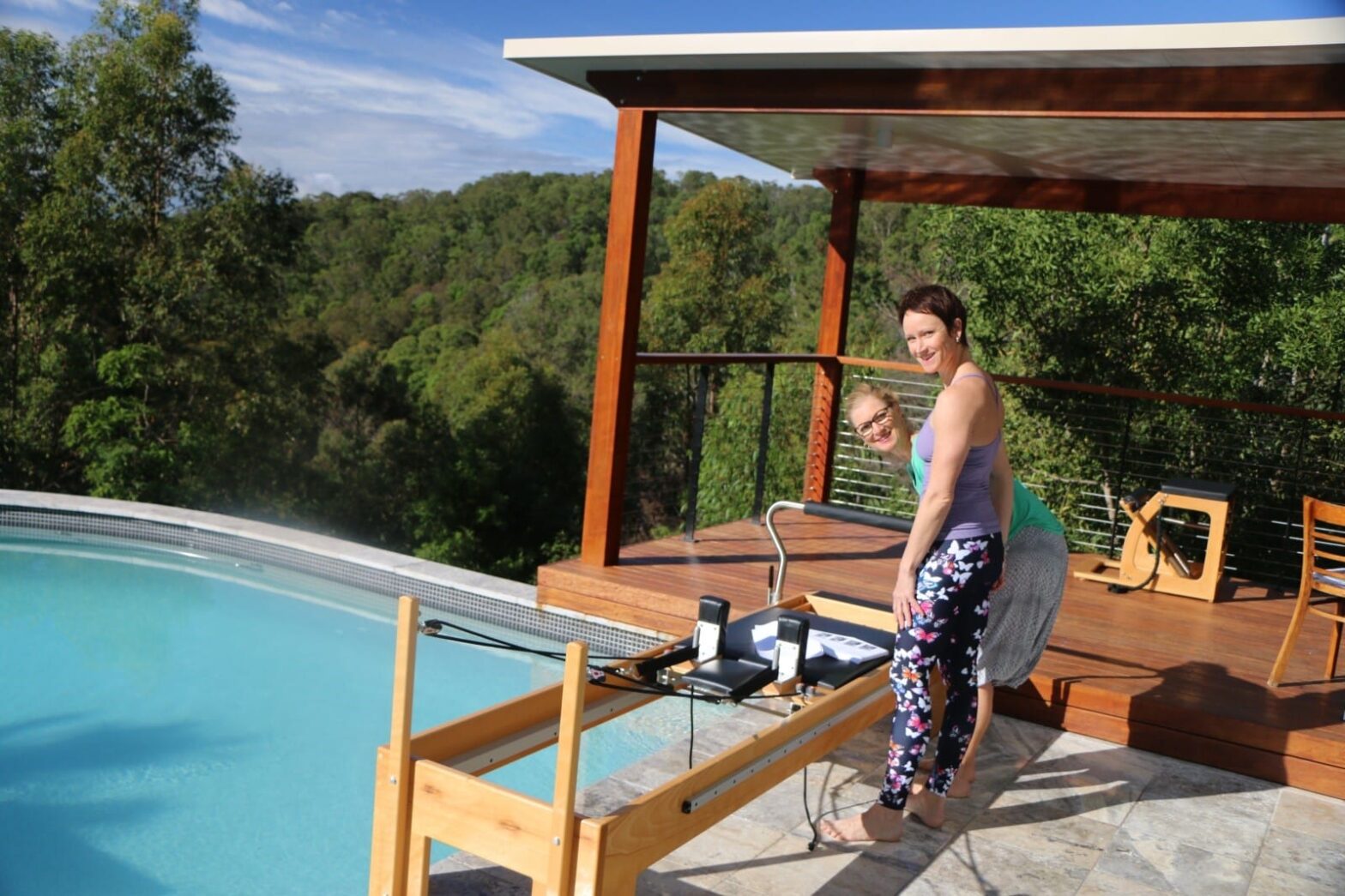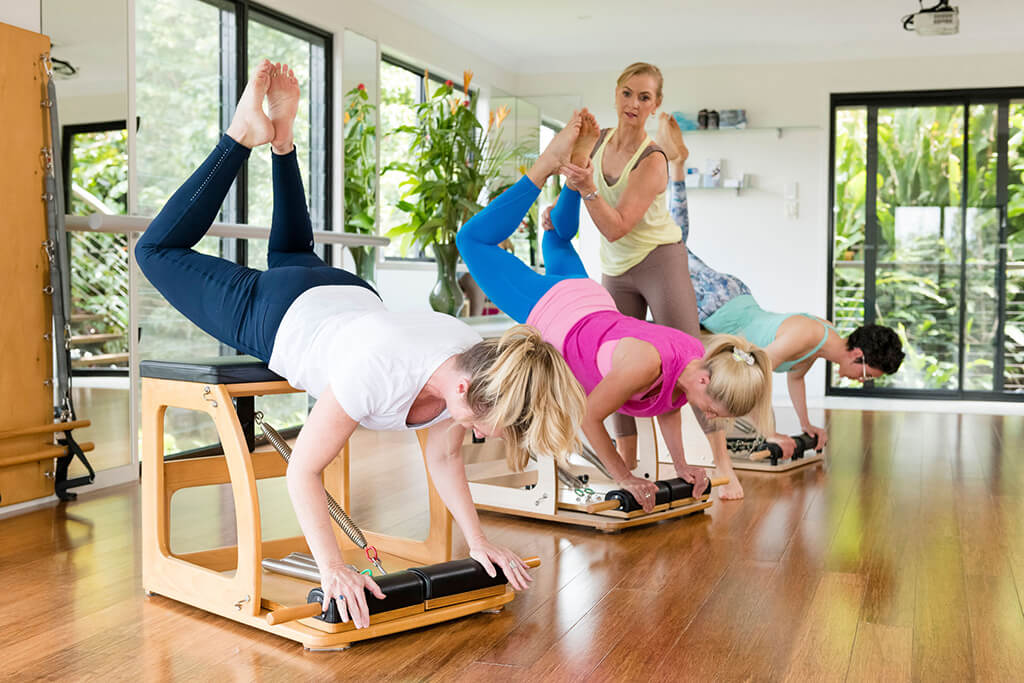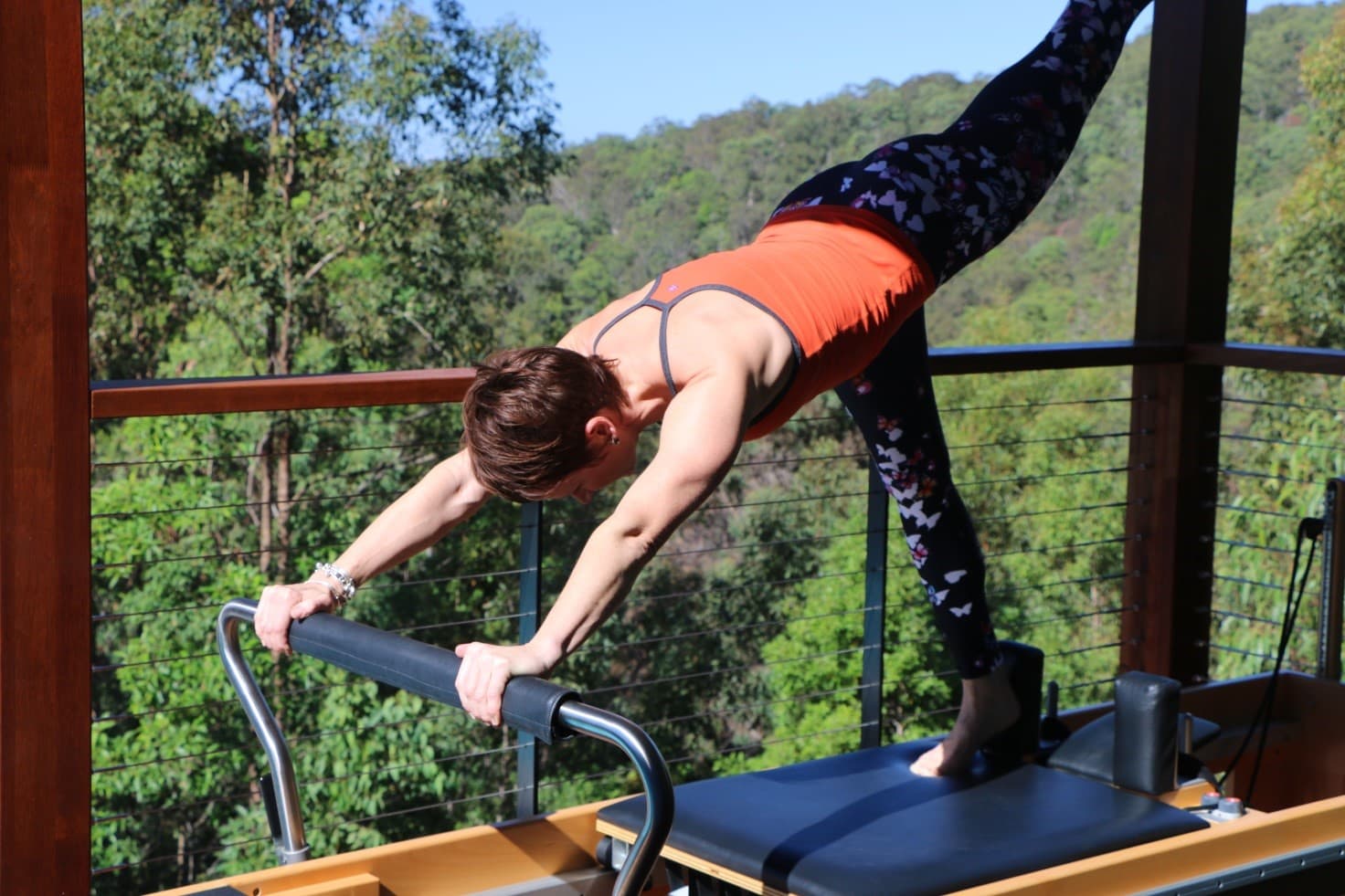
Pilates Certification Cost
Posted on July 22, 2019 by adminPilates is a fast growing industry with the potential to provide a wide range of employment and business opportunities for new graduates. Depending on the route you decide to take to gain a Pilates Certification, the cost varies greatly with the biggest differences hinging on a few factors: primarily, recognition of the course you wish to undertake. Is the course a Government Accredited Qualification? And if so, at what AQG level is the course? While there are also a large number of un-accredited Pilates courses out there, we will focus on the Government Accredited Qualifications and what they include.
The most popular Course pathways are listed below, and it is always important to consider the course content, delivery location and post course employability for each qualification to make the best and most informed decision.
Pilates Certifications
Group reformer: This is a relatively new qualification within the Pilates industry. The teacher training is generally quite short and costs less in comparison to the more in depth courses which will be described later. A graduate from a Group Reformer Instructor Course will deliver classes that are generally high energy and fitness-based with groups of 5+ Reformers in a studio/room. This is usually from one generalised program which the instructor will oversee. So if you don’t have the time for the longer qualifications and wish to start working ASAP, this can be a quicker way to enter the workforce. The only potential disadvantage of this training option is are that an instructor who is only trained in Group Reformer Pilates are more common in the workforce, so a jobs may be more competitive, and some finer details of the Pilates method framework may not be covered in the course curriculum.
Certificate IV: Widely considered to be the most appropriate starting point and introduction to Pilates, a Course at the Certificate IV level should cover mat work, the fundamentals of the Pilates method as devised by Joseph Pilates and should also include attention to teaching methodolgies and client management. Some Certificate IV courses also include ‘small apparatus’ such as the Magic Circle, the Foam Roller and other tools such as Balls and Bands. Graduates from a qualification at this level will be able to teach group mat classes and provide client rehabilitation for some pathologies, depending upon the depth of the material covered within the course. A Certificate IV level course takes slightly longer than a Group Reformer Instructor Training Course, however, a Certificate IV graduate will be eligible for membership with a range of Professional Association, and by extension, legally able to acquire the necessary insurances for working with the public. Starting a business as a Pilates Matwork Instructor is also a more cost effective than as the Group Reformer Instructor as the initial capital outlay costs of mats and apparatus is a fraction of the cost compared to even one reformer.
Diploma: A qualification at the Diploma level can present additional job opportunities for graduates as compared to the previous two Qualifications mentioned above. Although a Course at the Diploma level is more in depth, longer and more expensive, the investment in the skills and knowledge which are included in a Diploma level qualification can deliver additional career and employment benefits in the longer term.
A Diploma course should include everything described about the Certificate IV Qualification, with the addition of tuition on all aspects of the equipment repertoire, and a more in-depth exploration of anatomy and pathology as well as aspect of pre and postnatal care. With this qualification graduates can do anything from working within a studio environment to starting a Pilates-based business to working alongside a Physiotherapist/Chiropactor/Osteopath or another allied health practitioner.
With some thought being given to time and financial constraints, there are important aspects of all training programs that should be considered prior to enrolling. We encourage everyone to make sure you choose a course and organisation that offers you the quality training needed to become a confident, employable instructor. Make contact with the trainer providers you are interested in and ask them questions about their graduates and about the things that you will learn in their training programme. We wish you all the best in your Pilates journey!
Latest Blog Post

Certification Pathways for Pilates Instructors in Australia
If you have a passion for Pilates and are considering becoming a qualified instructor, it’s important to understand the various certification pathways available in Australia. As a government-accredited training provider, Tensegrity Training is well-positioned to guide you on your journey to becoming a professionally recognised Pilates teacher. There are generally two main qualifications that Pilates …
Continue reading “Certification Pathways for Pilates Instructors in Australia”

How To Become a Pilates Teacher in Australia: Your Ultimate Guide
Looking at A Career In Pilates Teaching? So, you love pilates and would like to become a qualified pilates teacher? Let’s help you get started as it can be quite confusing with all the options available. With the right guidance and qualifications tou can turn your passion into a rewarding career as a pilates …
Continue reading “How To Become a Pilates Teacher in Australia: Your Ultimate Guide”

Pilates for runners
Running is popular and accessible form of exercise for many people of all ages. However, runners can be at risk injury due to poor technique and therefore prone to developing pain or discomfort as a result of muscle imbalance or uneven gait cycles. Due to the high impact nature of running, preexisting injuries, weaknesses, imbalances, …


